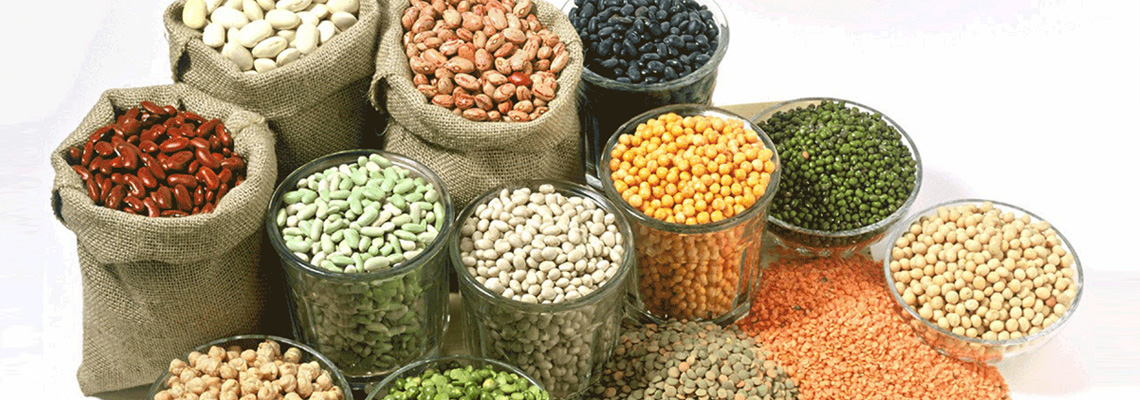29
2015
PRINCIPLES OF A MACROBIOTIC APPROACH

Very simply, it focuses on choosing the right foods and cooking styles and putting them into practice, using the Oriental framework to understand the energies of foods, constitutions, cooking styles, and organs. The Macrobiotic approach cleans out the ‘nadis’ – or ‘meridians’ in the body for optimum functioning of the body, essentially impinging on the same tenets of a ‘sattvic’ diet.
It encompasses lifestyle practices and foods that take us back to simpler eating, eating local/seasonal foods, avoiding refined, processed foods, modern day genetically modified foods, minimize animal foods, dairy and sugar in all forms this includes alcohol in minimal consumption. Dairy is replaced with brown rice milk, or milk made from nuts and seeds (e.g., almond milk, pumpkin seed milk and cashew milk) and yogurt, buttermilk can be made from these. It focuses is on vegetables (of which leafy greens and in India spirulina is emphasized), whole grains, beans/legumes, good quality fermented foods and in a tropical climate like India fruits; foods are cooked in cold pressed oils and sea salt. As an approach, it also takes into consideration the balance between acid and alkaline forming foods, those foods which are low on the glycemic index, and sodium and potassium balance within the body. It brings into play the use of foods to boost one’s moods as well, supplying one with an abundant of neurotransmitters like serotonin, dopamine and norepinephrine all coming out of natural normal foods.
Whole grain, beans/legumes/, vegetables can be cooked in any which way one likes keeping in mind that meals are cooked in sea salt and cold pressed oils-the stress in on cooked foods, adapted to the cultural context of where one is cooking. So a whole grain, beans (whole or split) or vegetables can be cooked differently if one is in the South of India as opposed to the North, in terms of preparation.
However, what sets Macrobiotics apart from other techniques, is the use of cooking styles to impart energy and restore balance in the body (applying the yin and yang concepts to cooking). One such style is nishime: water-less cooking–vegetables cook in their own juices and this style balances out blood sugar levels; the style itself works like a steam engine, as a heavy cast iron pot is used to cook the vegetables and very little water say a tablespoon for 1 cup of vegetables is added – once the lid is shut one does not touch the pot for 20 minutes. This style makes for a perfect balance of these two polarities of yin and yang, and is used a lot to help someone get more energy and also discharge soft dairy like cheese, ice-cream from the body. Another example is that of a pressed salad, where a vegetable is shredded and then pressed with sea salt for up to an hour, provides good fermentation at a meal. The energetics of this cooking (applying the yin and yang concepts) style releases pressure in a person, besides providing good fermentation. These cooking styles and using a combination of other cooking styles like sauteeing, boiling, blanching at one meal is always emphasized, to also allow for different energies that a person can take away from a meal.
Culturally and historically India is naturally receptive to the Macrobiotic ideal. Our cuisine is predominantly one of whole grains and vegetables. In fact, we as Indians do not have to make major shifts in attitude to adopt a Macrobiotic diet; it only requires some readjustments.
